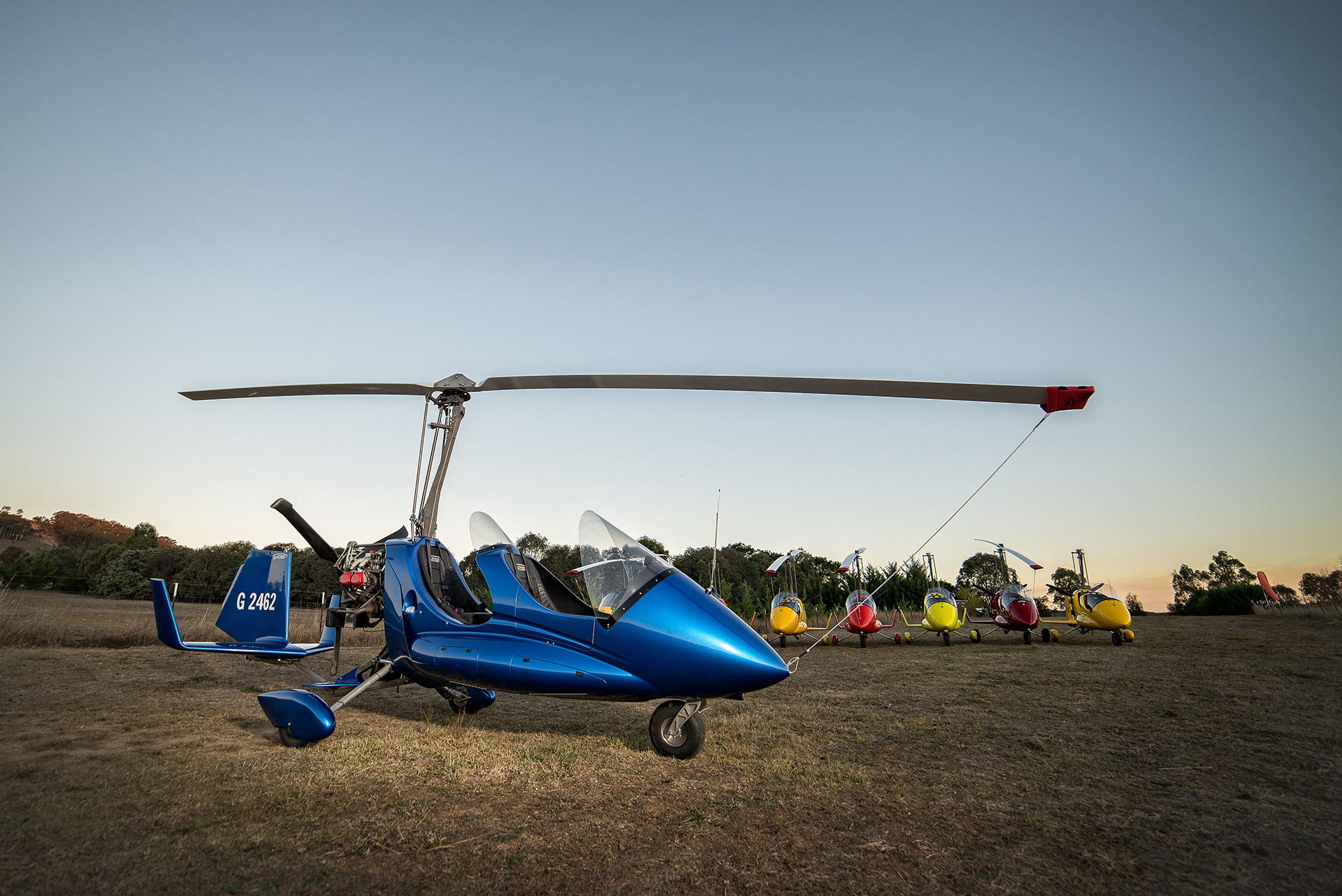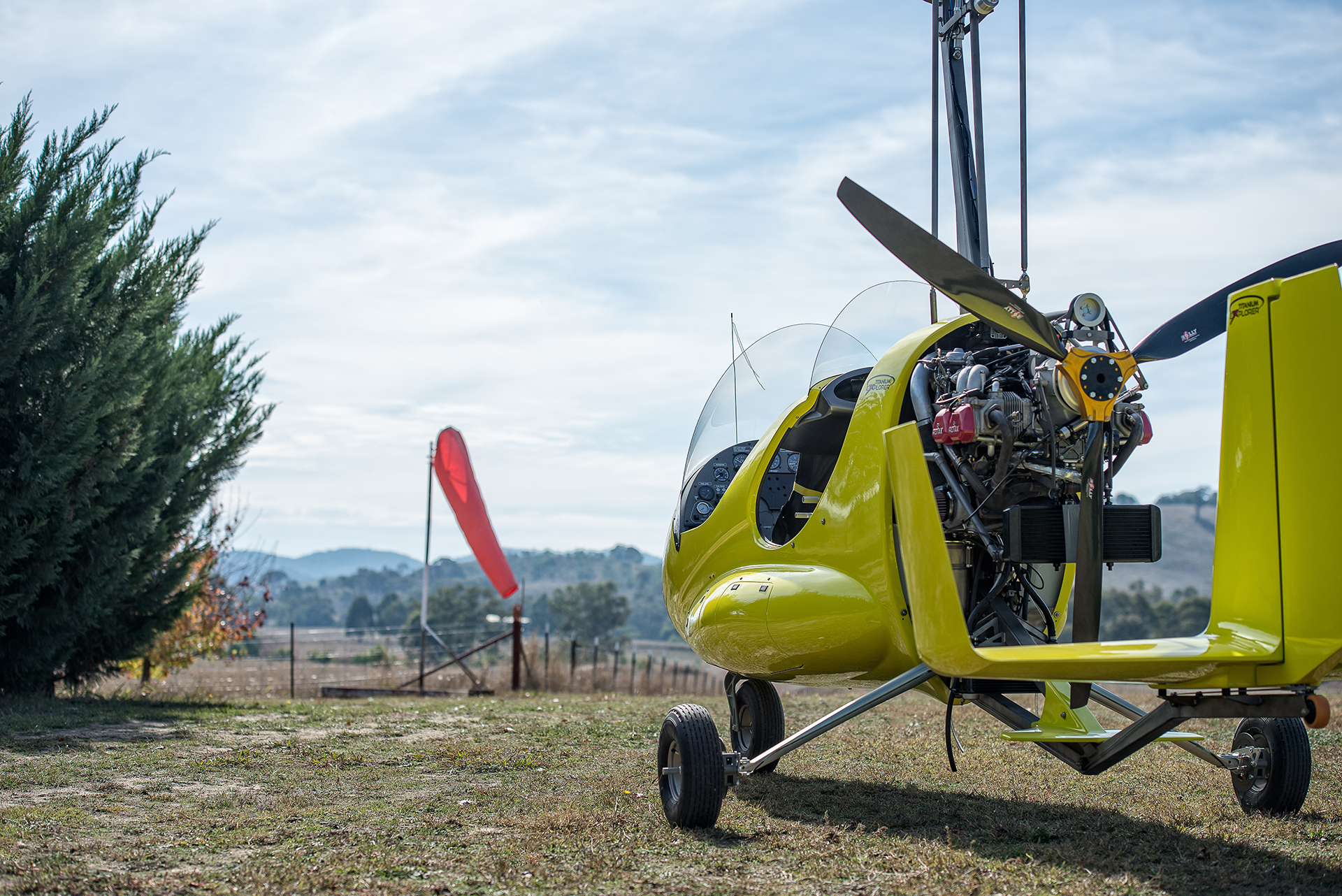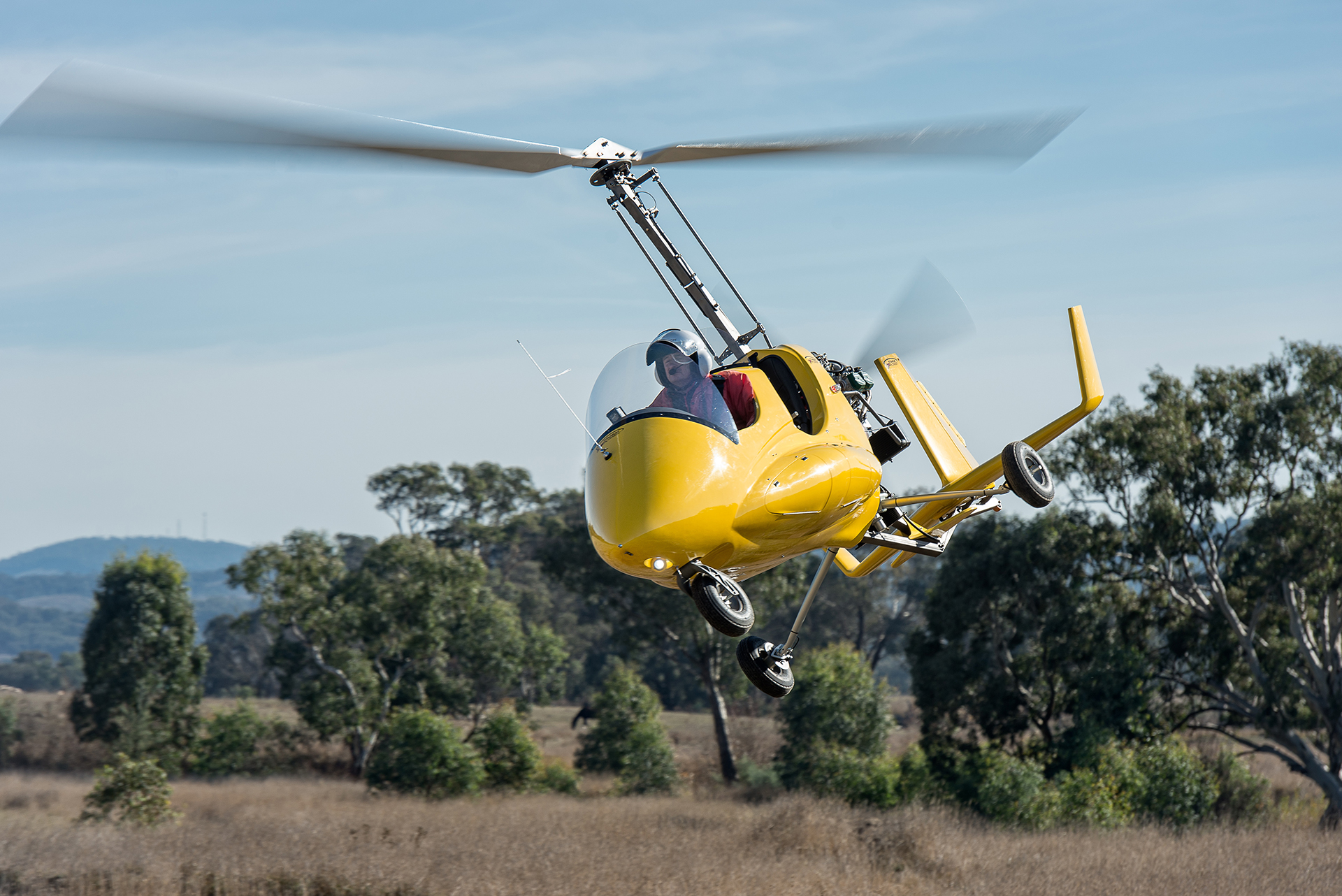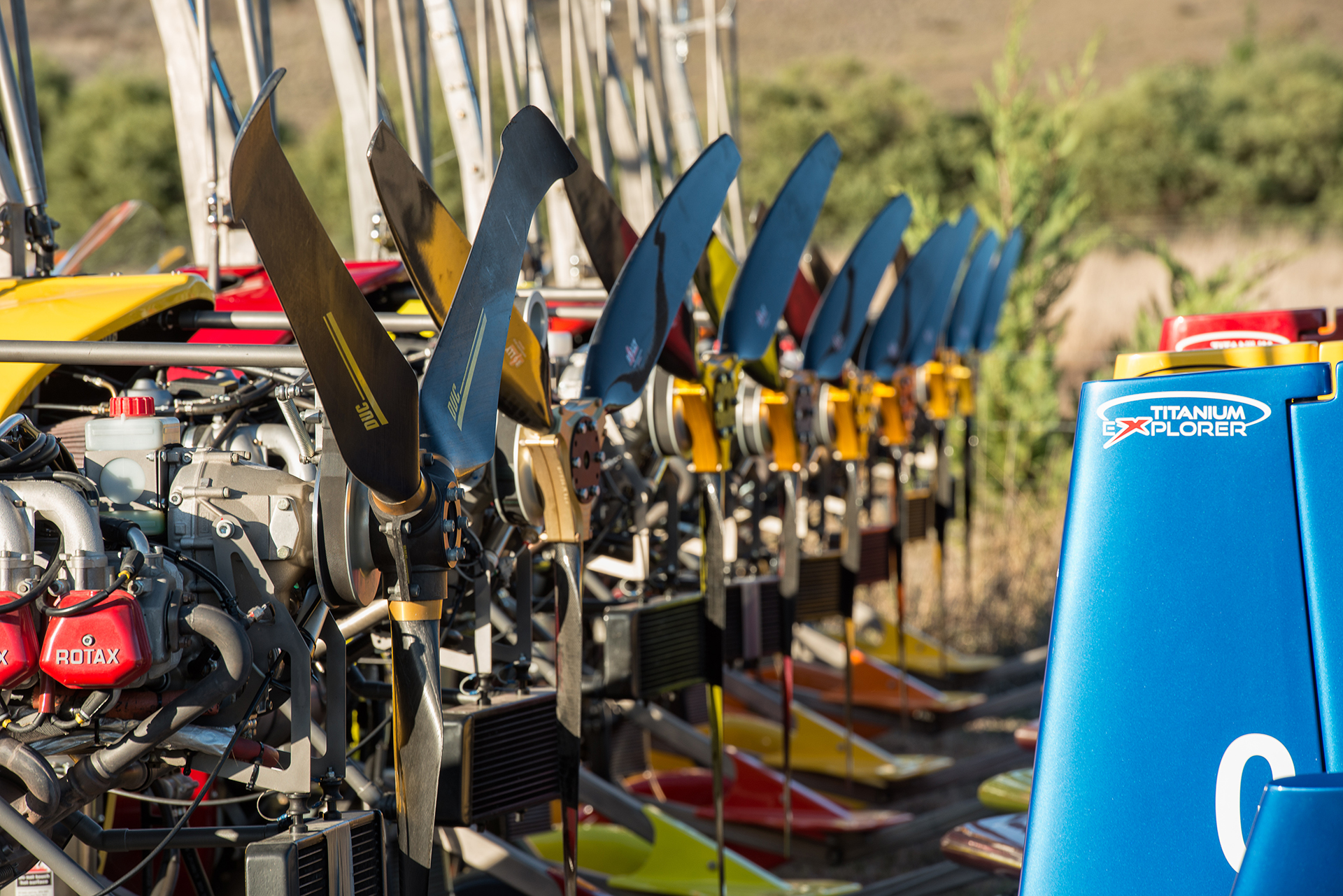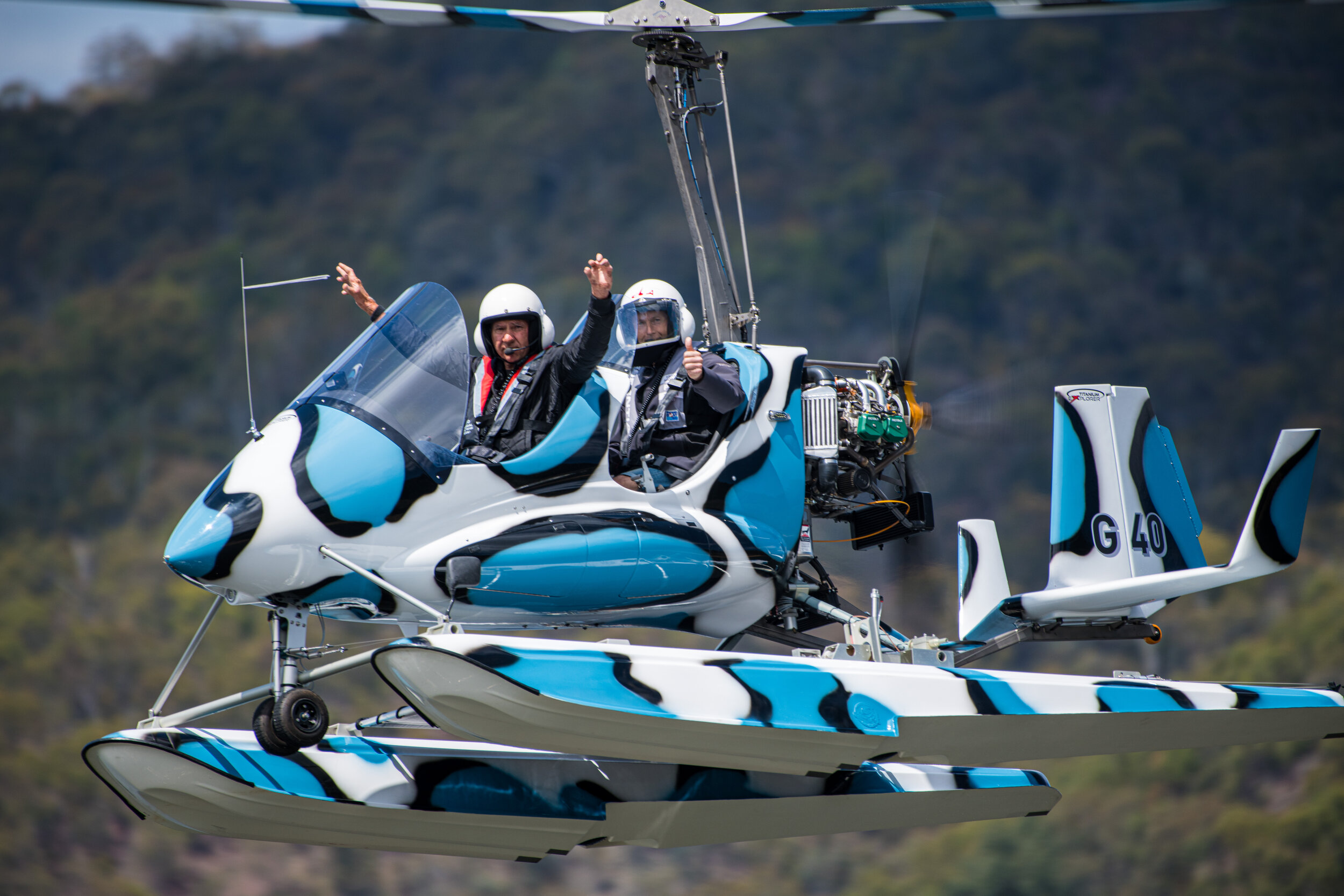Titanium Auto Gyro - the future of gyrocopters
About Titanium Explorer
Manufactured in Australia, The Titanium Explorer is the worlds first new generation gyro using titanium as a key component. In 2009, The idea was born. Seeing a demand for a design more suitable for Australian conditions, Neil Sheather and Andrew Pepper began their journey. With Neil's extensive knowledge and experience with various rotor systems, balancing and design of rotor heads, the Titanium Explorer is an example of practical, efficient design and innovation.
The Titanium Explorer utilises the ever reliable Rotax series of engines from the 100hp to the new 912 ULS Turbo 137hp engine. The main frame is titanium while The body is manufactured using carbon fiber and fiberglass making it extremely strong and lightweight.
Designed with comfort, safety and practicality in mind, the Titanium Explorer is packed with features making it a standout in the field.
Why Titanium?
With the reports of cracking hub bars and cracking aluminium rotor blades on some European gyros we decided to look at better materials to use in our new gyro
- Titanium has been used in the aviation industry for years because of its superior strength and its ability to withstand both heat and stress.
- Titanium is very resistant to cracking and doesn’t rust or corrode and is up to 5 times the yield strength of stainless steel and 2.5 times the yield strength of Chrome moly, but almost half the weight.
- Titanium has twice the elastic properties of both Stainless steel and Chrome moly so this helps to absorb vibration

